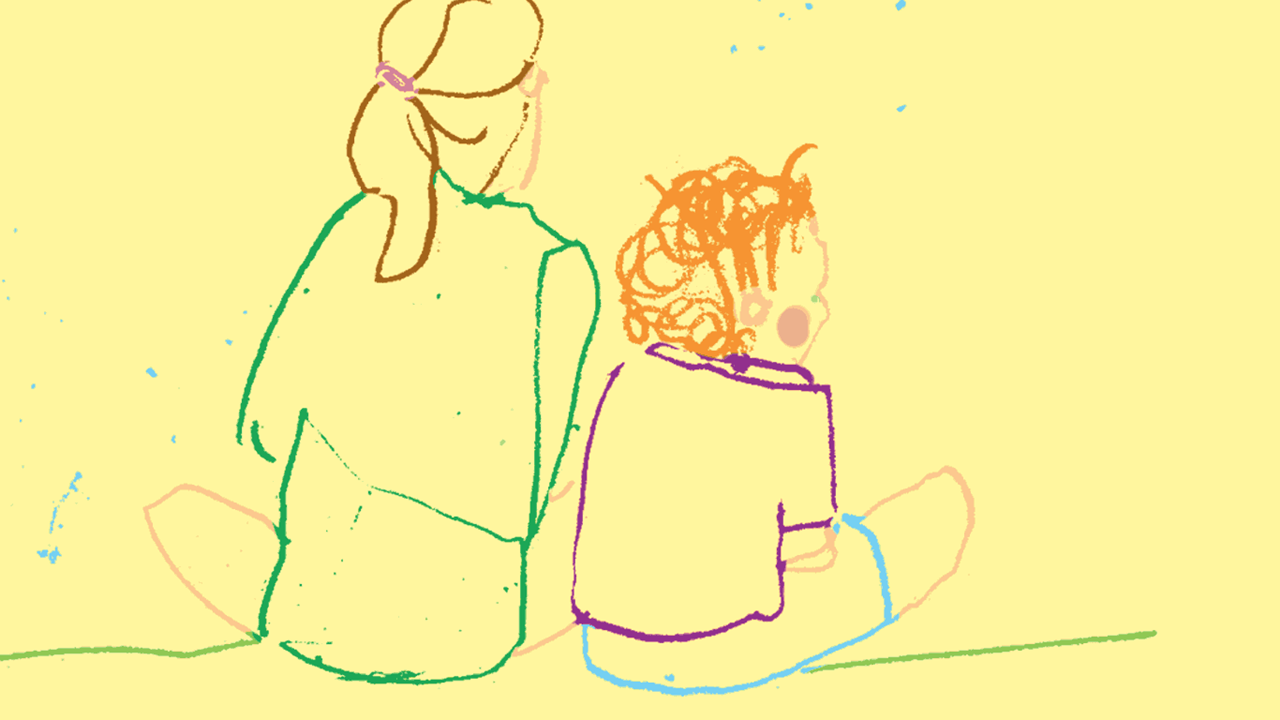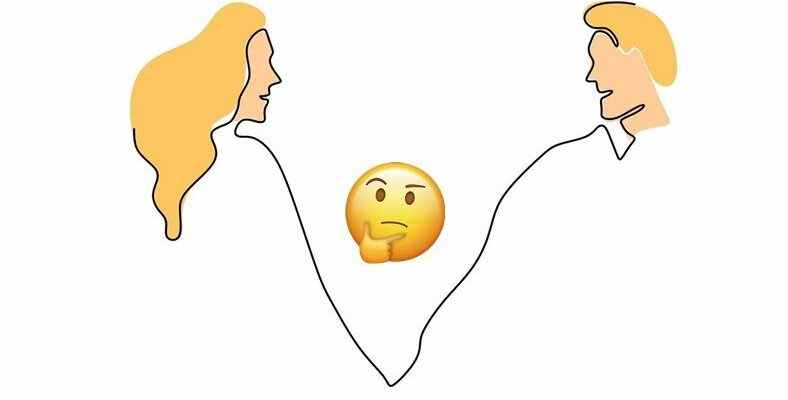According to the attachment theory developed by psychologist Mary Ainsworth and psychiatrist John Bowlby in the 1950s; Attachment style develops in the early years of childhood. In this theory, the primary caregiver (usually the mother) serves as a prototype for future relationships.
The baby is born in line with the caregiver’s behavior (often a parent, but not always a parent). new learnings performs. Sometimes it’s learning to wait, sometimes it’s learning not to care. This learning of the baby is in the future. It forms the basis of adult relationships.
This theory, founded by Bowlby and developed by Ainsworth, was later transformed into a theory by Hazan and Shaver (1987) to explain romantic relationships in adulthood. This theory explains many positive or negative situations in adult romantic relationships. best theory displayed as. According to Bowlby, attachment generally occurs between the ages of 0-2.
Attachment Styles:
Ainsworth (1978) “Foreign Status Test” infants as a result of experiments 3 attachment styles recognizes that there are: secure attachment, Anxious-avoident attachment, Anxious-resistant attachment. However, Hazan and Shaver adopted these attachment styles in 1987. adding a new one to 4 they extracted: Disorganized attachment.
Secure Attachment
Childhood: Children who spend more time with their parents and can respond quickly to their needs are upset when they are separated from their parents and calm down when their parents return. They always prefer their parents over strangers.
Test: The child shows a reasonable reaction to the departure of the caregiver and calms down after a while. When that person comes back, he relaxes and shows his love and longing for him and continues the game he played before he came.
Adulthood: They rely on long-term relationships during their adult years, have high self-confidence, They enjoy close relationships and they are more comfortable sharing their feelings with others.
Stress Resistive Coupling

Childhood: The child is the happiest child in the world when the caregiver is with him. He plays his games and explores his surroundings. However, when he calls, he is not sure that the person he is connected to will answer and meet his needs. resists separation. It is generally seen in children of parents who do not show consistent reactions and threaten separation.
Test: The child is dependent on the separation of the person to whom he or she is attached. overreacts. He doesn’t calm down until he comes. Even when he arrives, it takes time to calm down. Reacts (such as hitting the mother, continuing to cry).
Adulthood: They expect a high level of closeness, approval and attention from their partners. when they are rejected They act too emotionally and worry. They constantly create anxious thoughts in their relationship, their jealousy level increases when their partner is away.
Stress Avoidant Attachment

Childhood: These children do not reject attention from their parents, but they still do not seek attention. They do not make a choice between parent and someone else. in adulthood they find it difficult to establish close relationships because they are not easily attached and easily overcome separations.
Test: The exit or arrival of the caregiver from the room he doesn’t care at all. He looks up, doesn’t care, and continues his game.
Adulthood: using various excuses They may choose not to be close. Not supporting their partners during stressful periods, not sharing their feelings and thoughts with them may cause problems in relationships.
Disorganized/Ambient Attachment

Childhood: Some parents make fun of their children by ostracizing them and worry about their children instead of taking care of them. Children exposed to these behaviors aggressive behavior they develop.
Test: Untimely movements of the caregiver in and out of the room, freezeslowing of movements can be seen.
Adulthood: Children who grow up in this way exhibit antisocial behavior in the future, they are prone to crime. They want close relationships but are prone to building walls to protect themselves from getting hurt. They oscillate between extreme love or hatred towards their partners.
Can the child who has not been securely attached develop a different attachment style in the future and attach securely again?

The healthiest attachment style is secure attachment. because it should be the target. As a result of your research, when you realize that your child or yourself have problems in attachment style, you are considered to have taken the first step. Now all you have to do is new coping strategies find and apply them. In this process, it will be easier to change your attachment style with the social support from your family and the emotional support you will receive from your partner.
Important Note: This article is for informational purposes and was not written for the purpose of diagnosis. You should get psychosocial support from mental health professionals for diagnosis and treatment processes.
Sources: 1, 2, 3, 4, 5, 6, 7
RELATED NEWS
